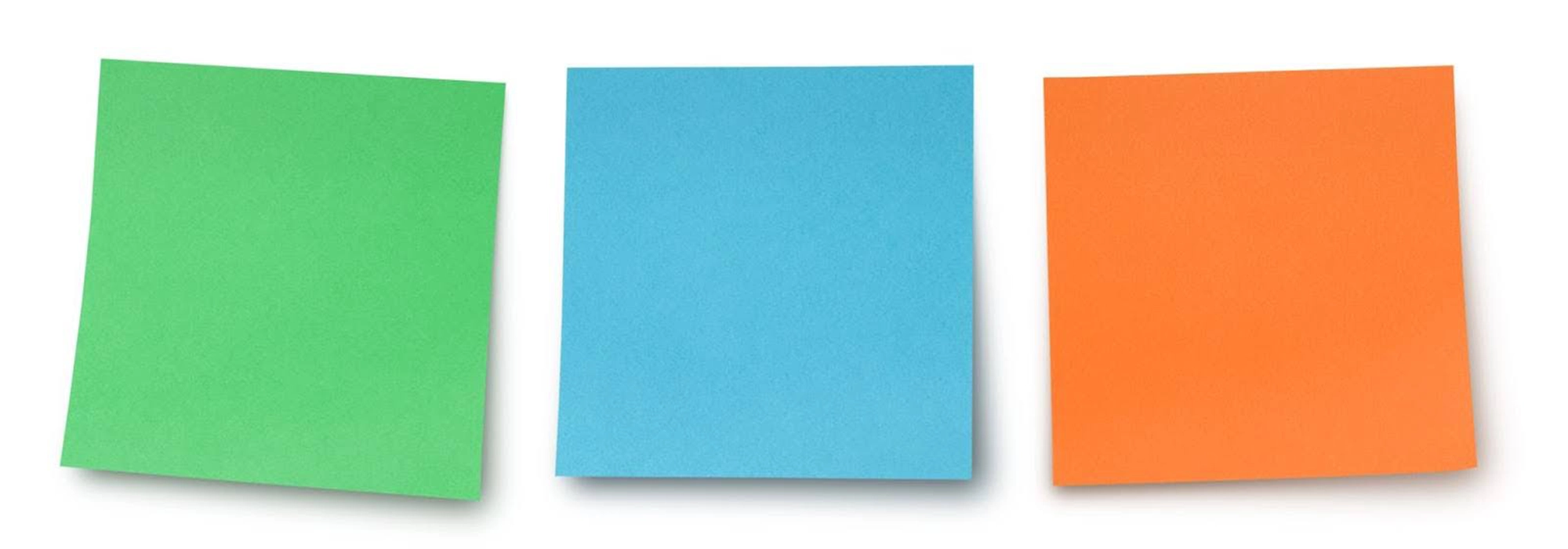Introduction
Understanding the concept of area is essential in various aspects of life, from measuring a room’s size to estimating land area and even crafting or art projects. In this blog post, we will explore the basics of calculating the area of a square, a fundamental geometric shape that you encounter in your high school math curriculum. With a solid understanding of this concept, you’ll be equipped to tackle more complex mathematical problems and apply it to real-life situations.
Understanding the Basics
Before diving into calculations, let’s define what a square is. A square is a four-sided polygon with equal length sides and four right angles. It is a symmetrical shape with a sense of balance and stability. To calculate the area of a square, we use the formula:
Area of a Square = Side Length x Side Length
Practical Applications
Calculating the area of a square can be applied in various practical scenarios. Here are a few examples:
- Calculating the Area of a Square Room: Whether you’re rearranging furniture or planning a home renovation, knowing the area of a square room helps you make informed decisions about space utilization and design.
- Understanding Land Area Measurements: Real estate professionals often need to determine the area of land parcels. This knowledge is vital for assessing property values, planning construction projects, or dividing land into sections.
- Applying Area Calculations in Crafting or Art Projects: From quilt-making to creating mosaic designs, understanding the area of square-shaped pieces is crucial for precise and visually appealing projects.
Step-by-Step Guide to Calculating Area
Calculating the area of a square is straightforward. Follow these steps:
- Measure the length of one side of the square: Use a ruler or tape measure to determine the length of one side. Be sure to measure in the same unit (e.g., centimeters or inches) consistently.
- Square the length: Multiply the length by itself. This step accounts for the equal sides of a square.
- The resulting value is the area of the square: The product obtained in step 2 represents the area of the square, expressed in square units (e.g., square centimeters or square inches).
Common Mistakes to Avoid
When calculating the area of a square, it’s essential to watch out for common mistakes that can affect the accuracy of your results. Some mistakes to avoid include:
- Misinterpreting the Formula: Ensure you understand that the formula for calculating the area of a square involves squaring the length of one side, rather than multiplying it by four.
- Using Incorrect Measurements: Double-check your measurements to ensure they accurately represent the length of one side of the square. Inaccurate measurements can lead to incorrect area calculations.
Tips and Tricks
Here are a few tips and tricks to enhance your understanding and calculation of square areas:
- Shortcut for Calculating Area Using Diagonals: If you know the length of the diagonal of a square, you can use the formula Area = (Diagonal Length^2) / 2 to find the area quickly.
- Visualizing the Concept of Area: Use grids or manipulatives like square tiles or graph paper to visually represent the concept of area. This visualization can help solidify your understanding of how length and width relate to the area of a square.
Conclusion
Mastering the calculation of the area of a square is an important skill that empowers you to solve mathematical problems and apply your knowledge in practical situations. By understanding the basics, avoiding common mistakes, and utilizing helpful tips and tricks, you’ll become proficient in calculating square areas. Remember, the ability to calculate areas extends beyond the realm of mathematics and finds relevance in various aspects of life. So, embrace this fundamental concept and enjoy exploring the world of geometric calculations!






